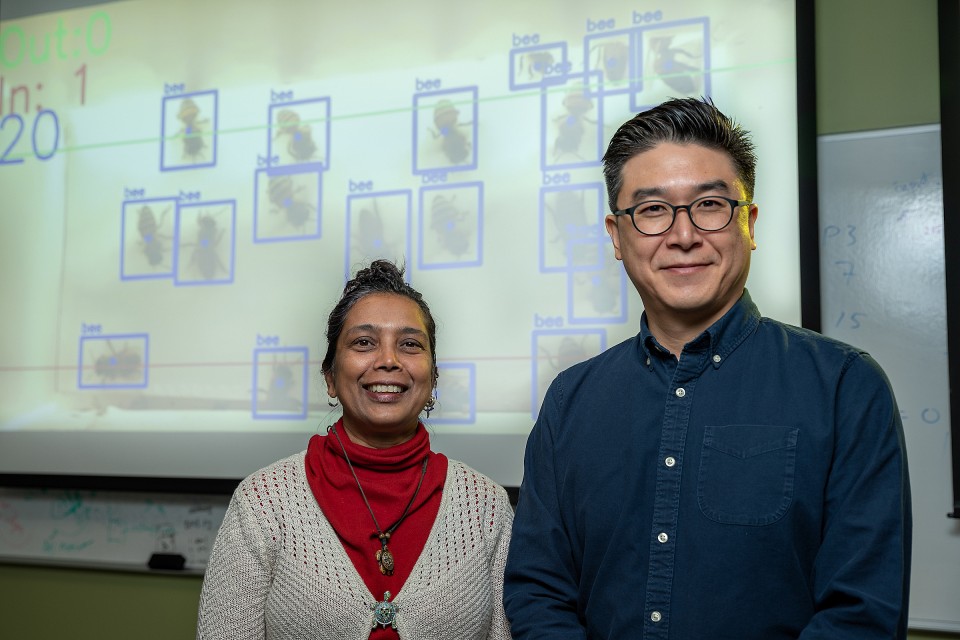Document Type
Article
Publication Date
1-15-2021
Abstract
Motivation Protein phosphorylation is a ubiquitous mechanism of post-ranslational modification that plays a central role in cellular signaling. Phosphorylation is particularly important in the context of cancer, as down-regulation of tumor suppressors and up-regulation of oncogenes by the dysregulation of associated kinase and phosphatase networks are shown to have key roles in tumor growth and progression. Despite recent advances that enable large-scale monitoring of protein phosphorylation, these data are not fully incorporated into such computational tasks as phenotyping and subtyping of cancers.
Results We develop a network-based algorithm, CoPPNet, to enable unsupervised subtyping of cancers using phosphorylation data. For this purpose, we integrate prior knowledge on evolutionary, structural, and functional association of phosphosites, kinase-substrate associations, and protein-protein interactions with the correlation of phosphorylation of phosphosites across different tumor samples (a.k.a co-phosphorylation) to construct a dynamically weighted network of phosphosites. We then mine these networks to identify subnetworks with coherent phosphorylation patterns. We apply the proposed framework to two mass-spectrometry based phosphorylation datasets for breast cancer, and observe that (i) the phosphorylation pattern of the identified subnetworks are highly correlated with clinically identified subtypes, and (ii) the identified subnetworks are highly reproducible across datasets that are derived from different studies. Our results show that integration of quantitative phosphorylation data with network frameworks can provide mechanistic insights into the differences between the signaling mechanisms that drive breast cancer subtypes. Furthermore, the reproducibility of the identified subnetworks suggests that phosphorylation can provide robust classification of disease response and markers.
CoPPNet is available at http://compbio.case.edu/coppnet/
Recommended Citation
Marzieh Ayati, Mark R Chance, Mehmet Koyutürk, Co-phosphorylation networks reveal subtype-specific signaling modules in breast cancer, Bioinformatics, Volume 37, Issue 2, 15 January 2021, Pages 221–228, https://doi.org/10.1093/bioinformatics/btaa678
Publication Title
Bioinformatics
DOI
10.1093/bioinformatics/btaa678



Comments
© The Author(s) (2020). Published by Oxford University Press. All rights reserved. Original published version available at https://doi.org/10.1093/bioinformatics/btaa678